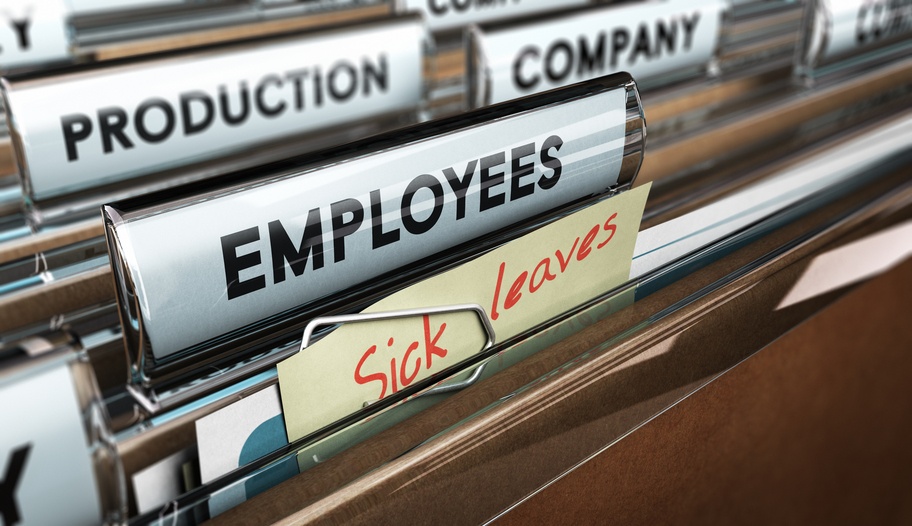Performance evaluations are a longstanding practice in the workplace. It’s a great opportunity for managers and employees to discuss job performance, future goals, and organizational priorities. Companies that are great at performance evaluations also use them to reduce turnover and provide critical documentation in cases of future litigation or unemployment claims.
Employees sometimes look forward to performance reviews, but often dread them. Even star employees know there are things they can improve upon, and just the potential of negative feedback can make people feel like they’re in front of a “firing squad.” The bottom line is that performance reviews only work if all parties are comfortable with the format, process, and information that’s being presented.
Often, performance reviews might seem like a lot of work with little payoff. Your HR department spends countless hours going through paperwork and making sure managers turn things in on time. It’s hard work, and only useful if done properly. So here are a few tips on ensuring your performance reviews are useful, effective, and can ultimately help in reducing unemployment insurance claims.
Avoid being vague
The “ten minute performance review” is a thing of the past, because simply put, it doesn’t work. When you wait until the last minute to put a review together, and only allow a short amount of time, the review isn’t going to be effective, and you’ll risk glossing over important details. Because of time constraints, these short interviews are only able to touch on vague, high-level topics. Instead, schedule at least one half hour so you can be more specific about feedback. You want enough time to talk about both the good and the bad while offering specific examples of both. Productive reviews provide concrete examples and give the employee a chance to respond.
Invest in preparation
One of the biggest reasons for ineffective performance reviews is a lack of preparation on the employer’s part. Relating to the first pitfall, you need to spend time preparing so you can provide those specific examples and feedback. If you have ten employees, for instance, spread the reviews out based on hiring date, so you or your managers have adequate time to prepare for each one. Don’t wait until the end of the year and stack them up in a short time frame. Also, make a habit of keeping files or documents on each person throughout their employment, so you can annotate specific instances of good and poor performance. This will give you some adequate background when reviews comes around, and allow you to write the best review possible.
Make sure to follow up
Effective reviews don’t just focus on the past, but plan for the future. Part of your review should be about setting goals for the upcoming year. Unfortunately, many ineffective bosses and managers lose sight of these goals once the review is completed and don’t follow up with them. They fail to review progress on a quarterly basis, and don’t provide consistent feedback over the course of the year as it pertains to achieving those milestones. Performance reviews will only improve actual performance if there is follow up throughout the year. Ensure you are keeping the goals set at each performance review at the forefront, for both employee and employer.
When conducted and written effectively, performance evaluations can be great for both employees and employers. The corresponding records they generate can come in handy if and when your employees apply for unemployment compensation. They help to create a benchmark for employee’s productivity and create a solid pay-for-performance structure. They also reassure employers that they have the proper documentation to reprimand or terminate an employee in case anything goes wrong in the future with the employee’s performance. Performance evaluations are a great tool for employers when working with employees because they provide necessary feedback for improvement. In case of a future separation between the employer and employee, the necessary ammunition to prevent unemployment overpayments will be on file.
For more information and assistance with identifying and reducing your overpayments, contact Unemployment Tracker/UI Steward today at www.unemploymenttracker.com.
.png?width=864&height=165&name=uet-2logos%20(1).png)






